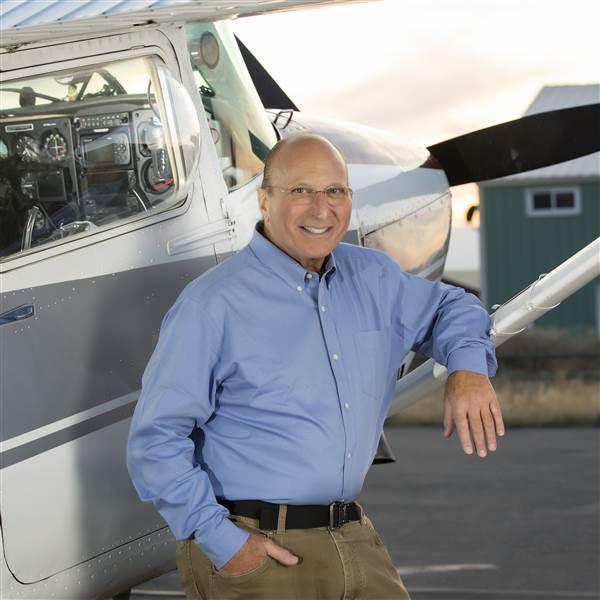Oxygen is oxygen
Use it so you don’t lose it
When oxygen was being produced from various sources 50 or more years ago, there were different methods of dispensing it. For instance, medical oxygen had water added to it to humidify it. This caused problems, including rust in steel tanks. Adding water has not been done for more than 30 years. Now medical oxygen, when needed, is humidified at the bedside through a simple plastic bubble device containing water.
As you might guess, the idea of water in oxygen scared the aviation regulators since there was great concern about this vapor freezing in oxygen lines when aircraft were at high, cold altitudes. In response to this concern, aviator breathing oxygen (ABO) standards were developed by the FAA in the 1950s. These standards required oxygen suppliers to certify their oxygen was “dry” by requiring several tests for water vapor. The only difference between ABO and other oxygen types is the testing.
All oxygen for the past 30 or so years for all purposes supplied to aviation, medical, or welding users comes from liquid oxygen sources. Because of the extreme cold nature of liquid oxygen (about minus 300 degrees Fahrenheit), no water exists in liquid form and, if present, does not enter the system for filling gas cylinders.
I am a big believer in using supplemental oxygen. As I have said in previous columns, the 12.5/14 FAA rule for oxygen use is antiquated. Oxygen need should be an individual-based requirement. Some people need oxygen at much lower altitudes.For certified aircraft, the FAA requires oxygen fills to be done with ABO. However, I know there are many folks who fill their own aircraft using a two- or three-H cylinder cascade system with valves and gauges obtained through gas companies or online. This oxygen can be obtained from most gas suppliers. By the way, some welding oxygen is more pure than standard oxygen since it is used for very specialized welding such as spacecraft, which cannot have any impurities.
Portable oxygen systems can be filled with oxygen at regular gas or medical suppliers. Portable systems may be made specifically for aviation use, but regular portable medical systems work fine for most flights under Part 91. Portable medical systems are far less expensive than those sold by aviation suppliers. Some gas suppliers require a prescription even though the need is for aviation, not medical use. Prescriptions for oxygen can be obtained from your local physician; if you have any trouble, reach out to me by email.
Oxygen, for the most part, is inexpensive. However, time duration of the supply is the critical issue for most pilots. There are several ways to increase a system’s duration.
Older built-in systems are set to deliver oxygen flow rate for the certified ceiling of the aircraft. If you are at 15,000 feet msl and your aircraft is certified to 25,000 feet you will be getting 2.5 liters per minute of oxygen. This is based on antiquated FAA regulations which set flow at one liter per minute for each 10,000 feet above msl. Adding a flow regulator and using a pulse oximeter to adjust the flow can extend oxygen duration significantly. Adding a conserving cannula (like the Oxymizer) will also increase the duration. (Some newer aircraft and a few older ones have altitude compensating regulators which adjust flow for altitude.)
I am a big believer in using supplemental oxygen. As I have said in previous columns, the 12.5/14 FAA rule for oxygen use is antiquated. Oxygen need should be an individual-based requirement. Some people need oxygen at much lower altitudes, especially at night or on long trips.
The FAA is not inclined to change any oxygen regulations since there is no lobby or other pressure to go through the cumbersome process. This is unfortunate but should not stop pilots from using modern information and modern devices like pulse oximeters to judge their oxygen requirements.



